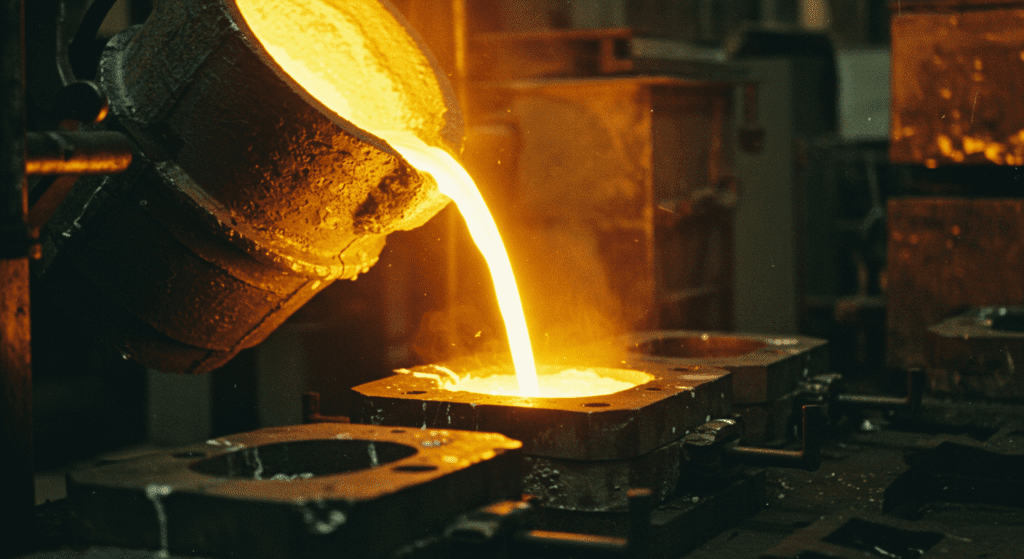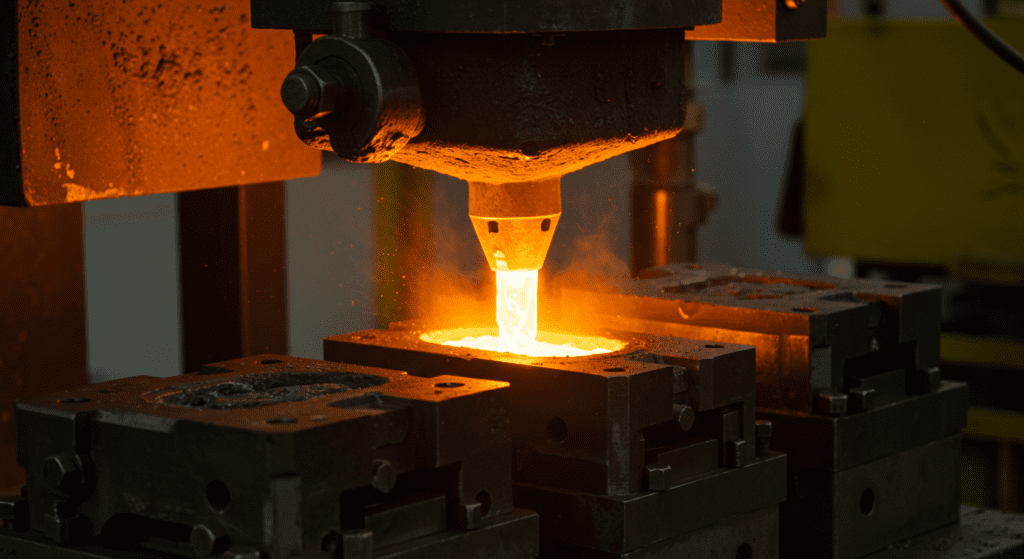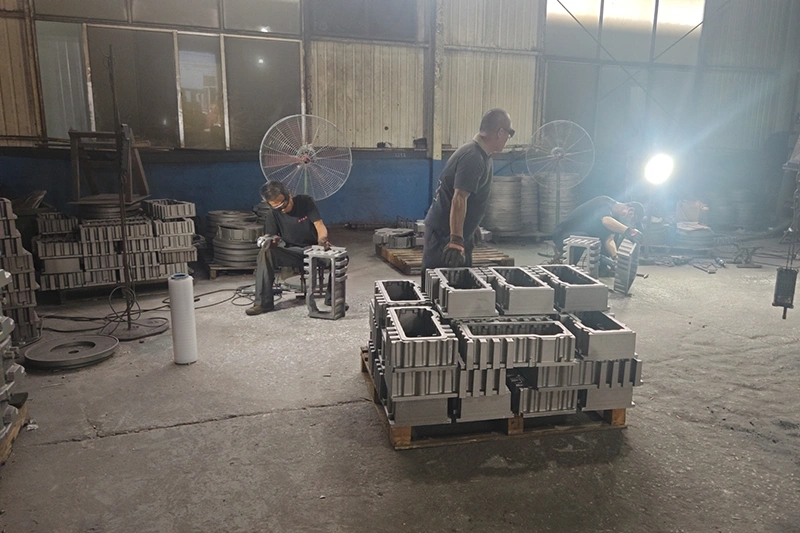Expandable (expendable) casting uses single-use molds that are broken or destroyed to remove the casting, whereas non-expandable (permanent) casting uses durable molds that can be reused for many parts.
In expendable processes (also called expendable-mold casting), the mold is usually made from sand, plaster, wax or ceramic and is sacrificed after each pour. In permanent-mold casting, the mold (often made of steel, iron or graphite) is preheated, filled with molten metal, then opened to eject the part; the mold survives and can be used again.
Expendable mold casting is a metal casting process where the mold is destroyed after each use to remove the finished part. This means you need a brand new mold for every single casting you make.
The most common types include sand casting, investment casting (also called lost-wax casting), and plaster mold casting. In these processes, the mold material completely surrounds the metal part. Once the metal cools and hardens, you have to break apart the mold to get your casting out.

Non expandable casting uses permanent molds that can be used hundreds or even thousands of times. These molds are typically made from metal, like steel or cast iron, and open up to release the finished part without damage.
Die casting and permanent mold casting are the main types of non expandable casting. The molds have two or more parts that fit together. After the metal solidifies, the mold opens like a clamshell, the part comes out, and you can close it up again for the next casting.

Expandable molds use cheaper, softer materials like sand, plaster, ceramic, or even foam. These materials are easy to shape into any form you want. But they can’t handle being used more than once at high temperatures.
Non-expandable molds are made from hard metals like steel, cast iron, or graphite. These tough materials cost more upfront but can handle 500 to 50,000 castings before wearing out.
With expandable casting, you make a brand new mold for every single part. Once the metal cools, you smash the sand mold or break the ceramic to get your casting out.
Permanent molds work differently. You heat up the metal mold to about 300-400°F, pour in the molten metal, wait for it to cool, then open the mold and pop out the finished part. The mold stays in perfect shape for the next casting.
Expandable casting starts by making a pattern (a model of your part). You pack sand or pour plaster around this pattern. Then you remove the pattern, leaving a hollow space. You pour molten metal into this space, let it cool, and break the mold to get your part.
Permanent casting is simpler. You preheat your metal mold, spray it with release coating, pour or inject the molten metal, let it cool for 30 seconds to 2 minutes, then open the mold and take out your part.
Expandable methods work great when you need just a few parts or maybe 100 pieces. Since each mold takes time to make and gets used only once, it’s perfect for custom jobs or prototypes.
Permanent molds make sense when you need thousands of the same part. Even though the metal mold might cost $10,000 to $100,000 to make, that cost spreads out over all the parts you produce.
Expandable molds handle almost any metal because they only face high temperatures once. You can pour aluminum at 1,220°F (660°C) or steel at 2,800°F (1,538°C) without problems.
Permanent molds work best with metals that melt below 1,500°F. Aluminum (melting at 1,220°F), zinc (787°F), and magnesium (1,200°F) are perfect. If you tried to pour steel at 2,700°F into a steel mold, the mold would crack or warp from the heat.
Parts from expandable molds tend to have rougher surfaces. Sand casting typically produces surface roughness around 250-500 microinches (6-12 micrometers). Dimensional accuracy runs about ±0.020 to ±0.120 inches (±0.5 to ±3 mm).
Permanent molds create smoother, more precise parts. Surface finish improves to 40-160 microinches (1-4 micrometers). Parts hold tolerances of ±0.004 to ±0.020 inches (±0.1 to ±0.5 mm).

